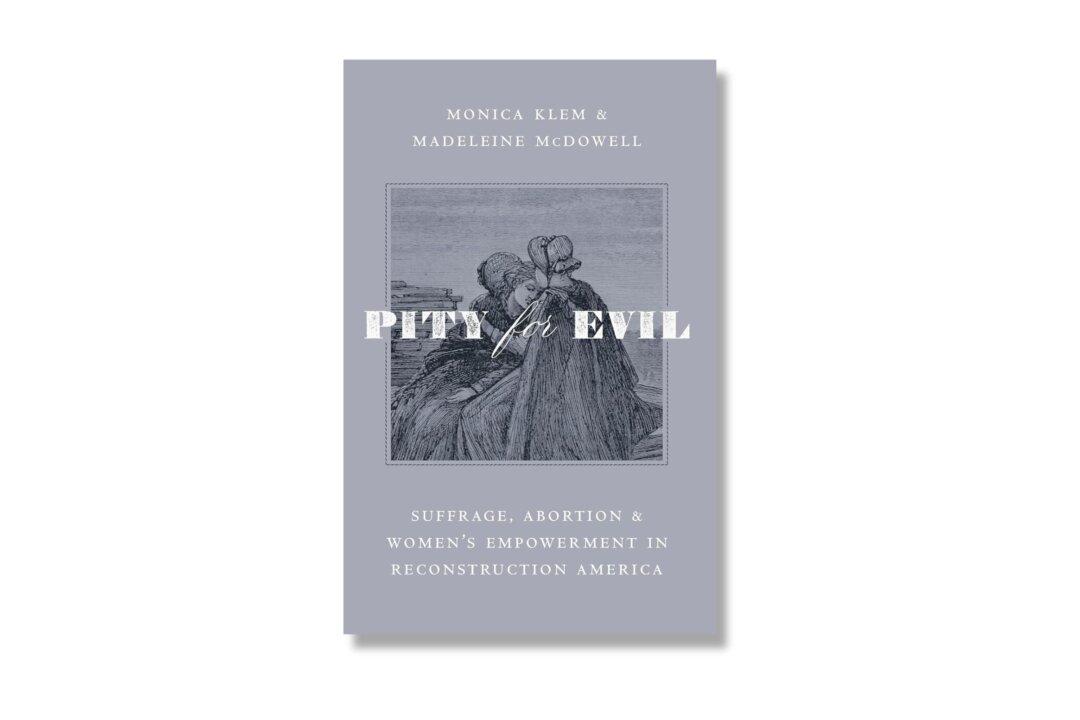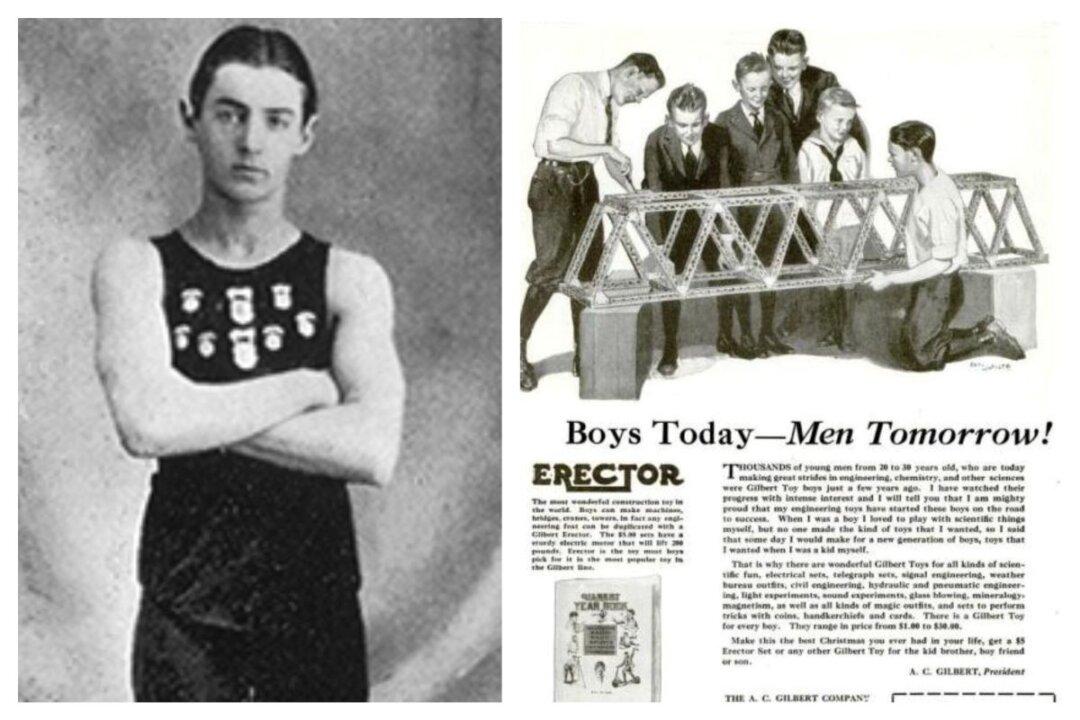Twenty-first-century abortion advocates have tied abortion to numerous causes, such as women’s empowerment and freedom of choice. The modern advocates echo the claims of women’s rights advocates of the 19th century’s pre-suffrage woman. They do so, however, ironically and tragically in reverse fashion.
In their new book “Pity for Evil: Suffrage, Abortion and Women’s Empowerment in Reconstruction America,” Monica Klem and Madeleine McDowell demonstrate how the crime of abortion was linked to the injustices of disenfranchisement, economic inequality, and diminished autonomy. The authors do so without engaging in the futility of modern American social and political dramatics. In fact, the authors never stray from their timeline or purpose, which is to capture the 19th-century abortion debate and how to alleviate the moral dilemma.






